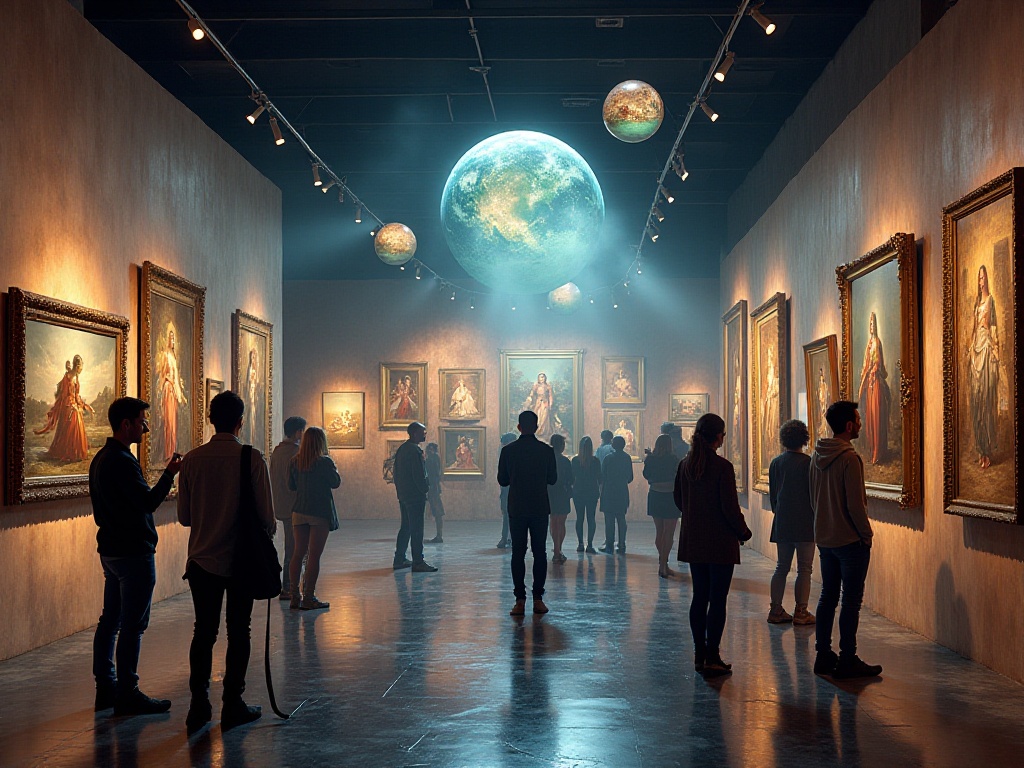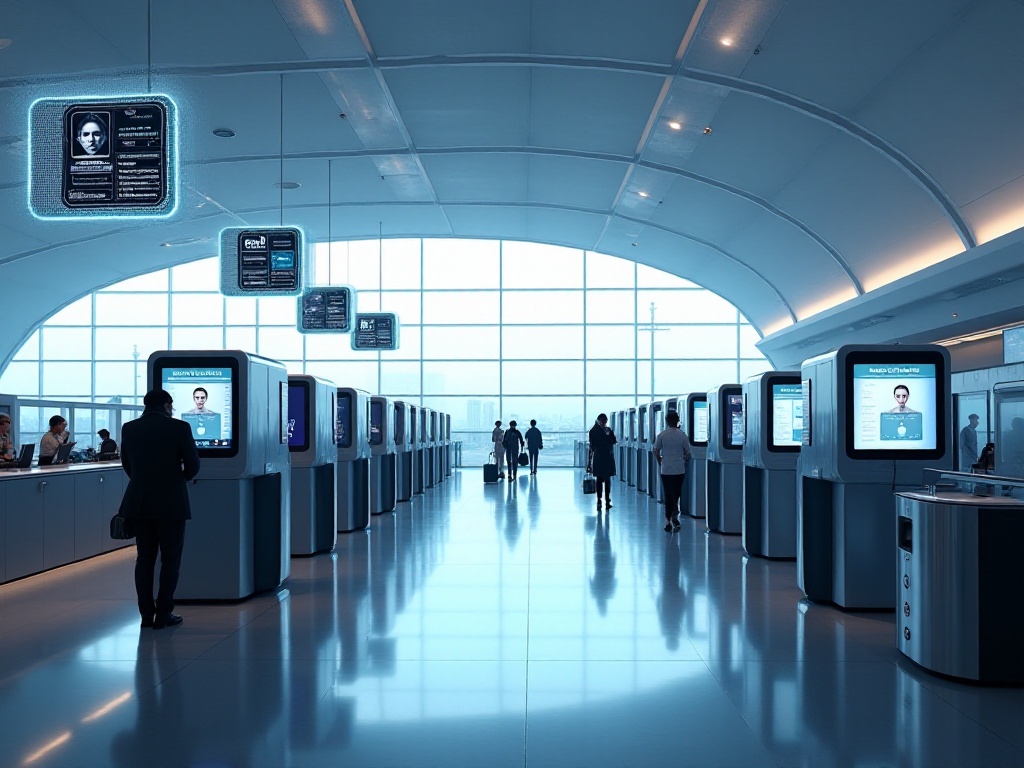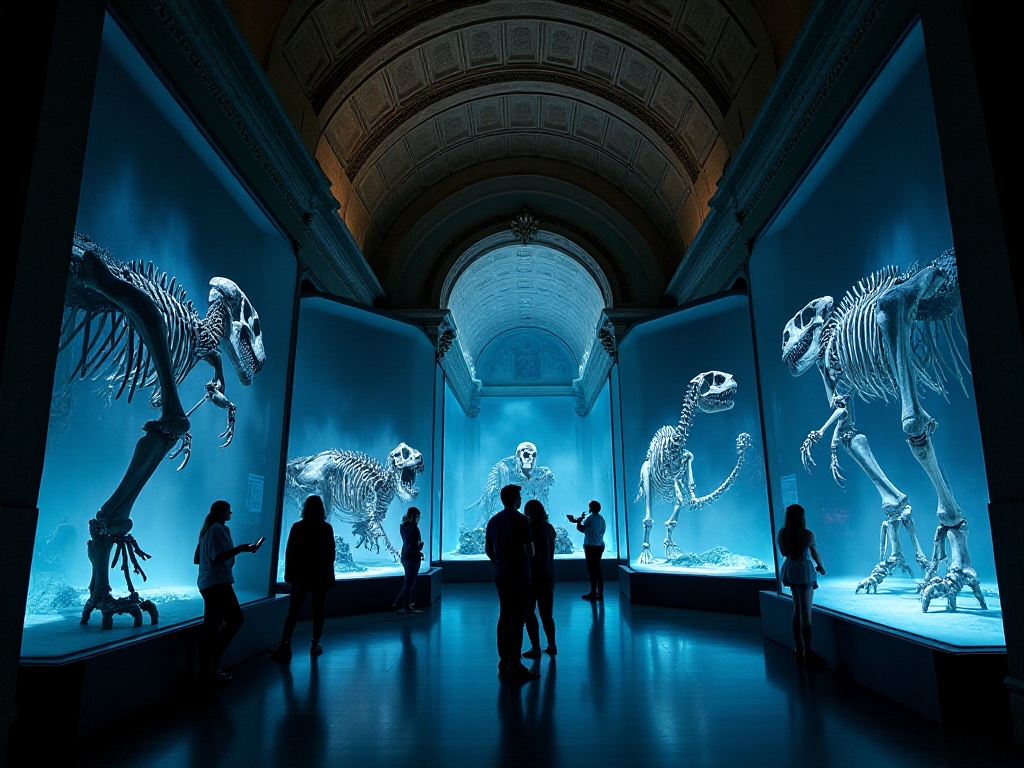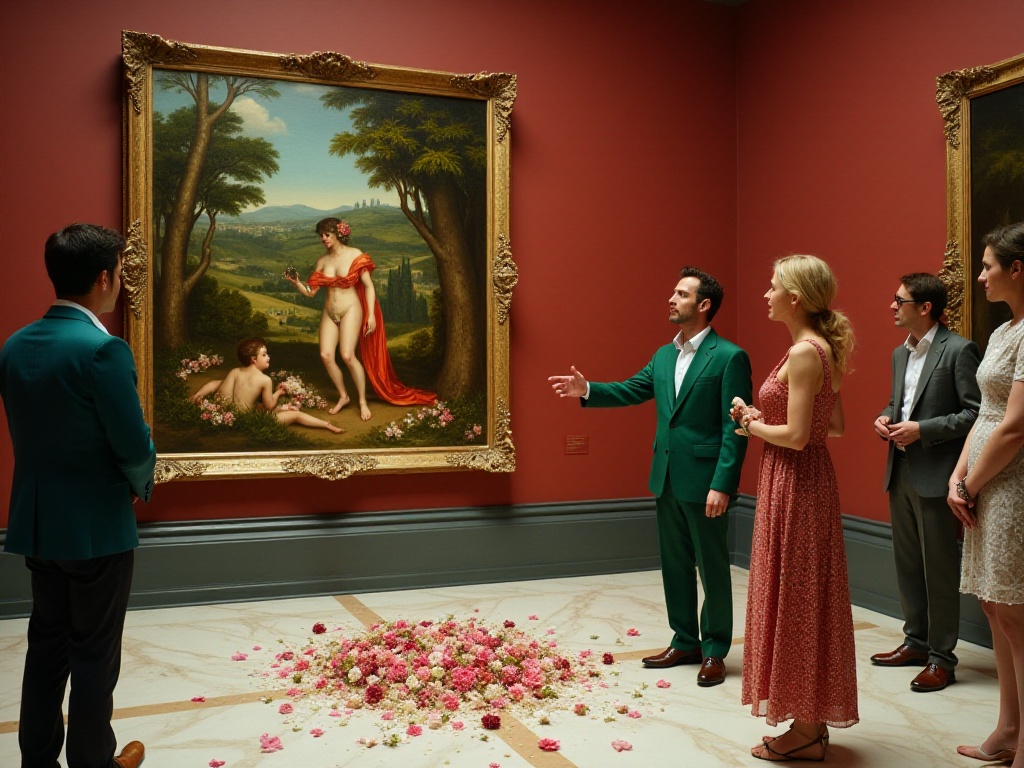Introduction
Recently, I've been intensively studying guided tour services at several world-class museums, and I was truly amazed! Modern museum tours are completely different from our traditional image of a tour guide aunt wearing glasses and mechanically reciting information with a pointer. These museums have taken guided tours to a new level, leaving me, someone who has been passionate about history and culture since childhood, constantly impressed. Today I'll share my insights on how these top museums are innovating their guided tour services.
New Trends in Guided Tours
Remember visiting museums with parents as a child? A large crowd squeezing together, running around following the tour guide sister. You could barely hear what the guide was saying, and there was very little time to view exhibits - it felt like just checking boxes and taking photos. But museums today are different. They've elevated guided tours to new heights, and I must say they really know what they're doing!
Speaking of innovation, the Smithsonian Museum is definitely a leader. Their guided tour service is like a huge treasure box filled with various eye-opening new approaches. What impressed me most was their "mobile art cart" service. Imagine a carefully designed cart slowly approaching in the spacious, bright exhibition hall. Instead of ordinary exhibits, the cart carries art replicas that visitors can closely interact with!
These replicas are expertly crafted, perfectly reproducing the texture and details of the originals. Better yet, instead of the traditional "look but don't touch," visitors are encouraged to handle them. You can carefully observe the patterns on bronze ware, feel the smoothness of ceramics, and even try using ancient tools for simple creations under staff guidance. This immersive experience made me feel like I'd traveled back in time and become an artisan.
Moreover, the Smithsonian has developed a series of interactive programs. For example, they regularly host "Night at the Museum" events, allowing visitors to explore galleries in the evening atmosphere. Staff carefully design various themed tasks, letting visitors discover stories behind exhibits like solving mysteries. I once participated in an Egyptian-themed night tour - the whole process was both thrilling and exciting, making me feel like an archaeologist!
They also have specialized tours for different age groups. For children, there's the "Journey of Discovery" that introduces exhibits through interesting stories and simple games. For teenagers, they include more in-depth historical background and scientific knowledge. This layered tour design allows visitors of different ages and knowledge levels to find suitable ways to visit.
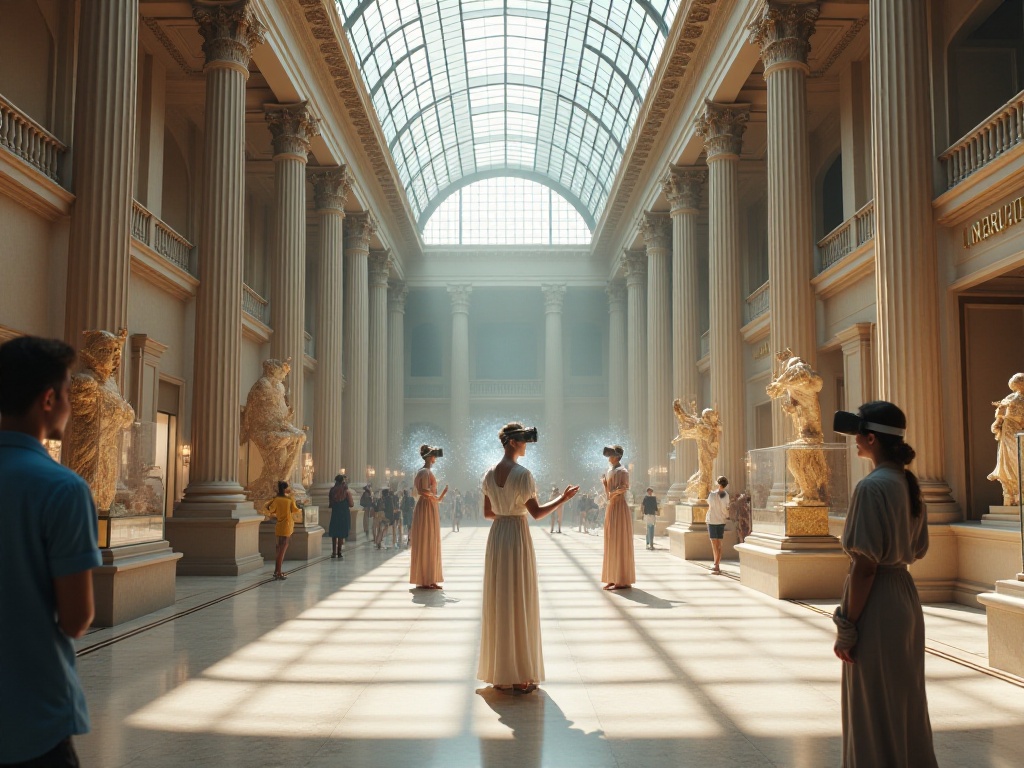
Technology Enhancement
When it comes to changes in modern museums, we must praise the innovations brought by technology. The British Museum is absolutely at the forefront in this aspect! Their self-guided tour system is considered an industry benchmark, covering 250 key exhibits and 65 galleries, thoughtfully providing versions in 5 languages. The most impressive thing about this system is that it's not a traditional audio guide, but a complete digital platform.
You can listen to tour content anytime, anywhere through a mobile app, not just inside the museum. For example, if you find an exhibit you particularly like but have limited time, you can take a photo to record it and listen to the explanation later while lying in your hotel bed. The explanatory content for each exhibit is carefully designed, including basic historical background introductions, in-depth academic analysis, and interesting anecdotes.
The British Museum's digital guide also has an excellent feature that can automatically plan visiting routes based on your interests and time. For instance, if you're particularly interested in ancient Greek civilization, the system will plan an optimal route including related exhibits, preventing you from wandering aimlessly in the vast museum. If you have limited time, say two hours, the system will help you filter out the most representative exhibits, ensuring you see the highlights in your limited time.
Furthermore, they continue developing new technological applications. For example, with AR augmented reality technology, you just need to point your phone at an exhibit, and related 3D models, historical scene reconstructions, or even expert explanation videos will appear on screen. This technology brings ancient artifacts to new life and makes visits more vivid and interesting.

Personal Customization
Modern museums understand the importance of "personal customization." Take the Munson Museum for example - their private tour service is truly designed for refined living. Imagine being able to bring a group of up to 60 people for a 45-minute to 1-hour exclusive tour, completely tailored to your interests and needs. Although it requires booking two weeks in advance, this unique experience is definitely worth the wait.
A friend of mine organized a company team building event using Munson Museum's private tour service. Their company focuses on design, so they were particularly interested in art design history. After learning this, the museum curator specially designed a tour route themed around design evolution, from ancient artifact patterns to modern industrial design development. The whole process was both professional and interesting. Team members said the visit gave them many design inspirations.
Another advantage of private tours is the ability to adjust explanation depth based on the group's knowledge level. For instance, for art major student groups, guides will focus on artistic techniques and creative backgrounds. For general visitor groups, they'll use more vivid ways to tell stories behind exhibits. This flexible explanation style allows everyone to receive knowledge most suitable for them.
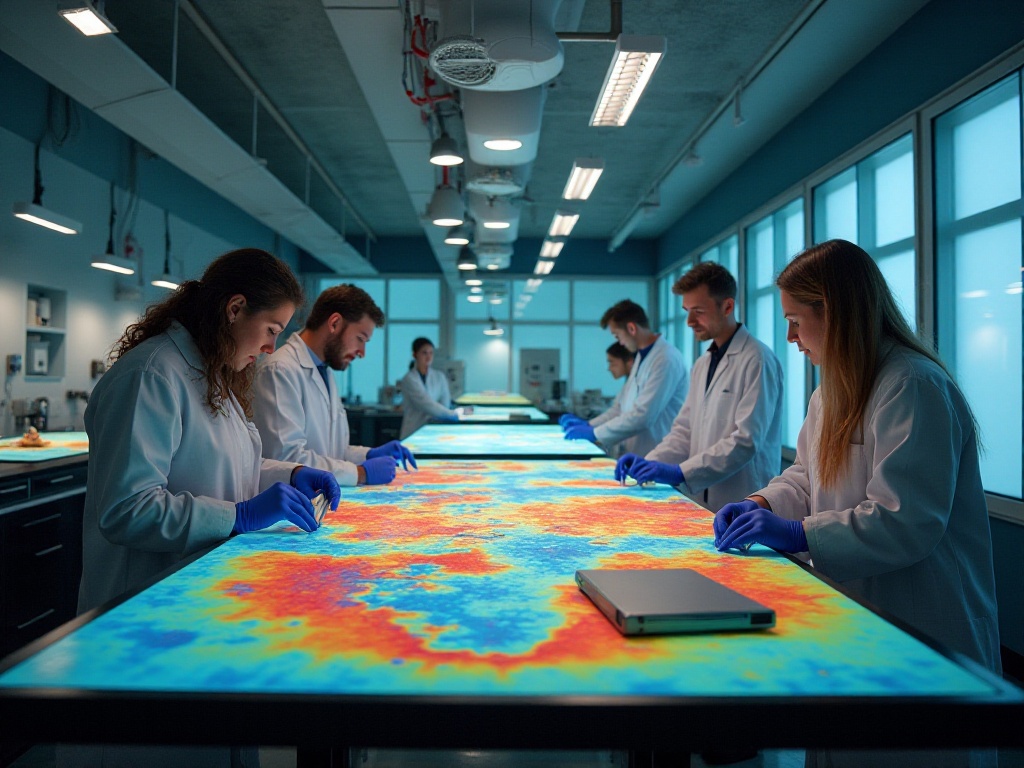
Special Care
What touched me most was modern museums' care for special groups. The Smithsonian Museum does particularly well in this aspect, specifically designing a series of accessible tour programs for disabled people. For example, they prepare touchable exhibits for visually impaired visitors - these are specially treated replicas that allow the visually impaired to "see" artworks through touch.
For hearing-impaired visitors, the museum not only provides text explanations but also sign language guides. Most thoughtfully, their sign language guides don't simply translate explanatory content but present information in more visual ways based on hearing-impaired visitors' needs. For example, when explaining ancient musical instruments, they use body movements to demonstrate playing methods, allowing hearing-impaired visitors to experience music's charm.
The museum also pays special attention to different age groups' needs. They design highly interactive educational programs for children, conveying knowledge through games, stories, and crafts. For elderly visitors, they arrange slower-paced tours with rest seats, allowing seniors to visit comfortably. This comprehensive care makes museums truly cultural halls serving everyone.
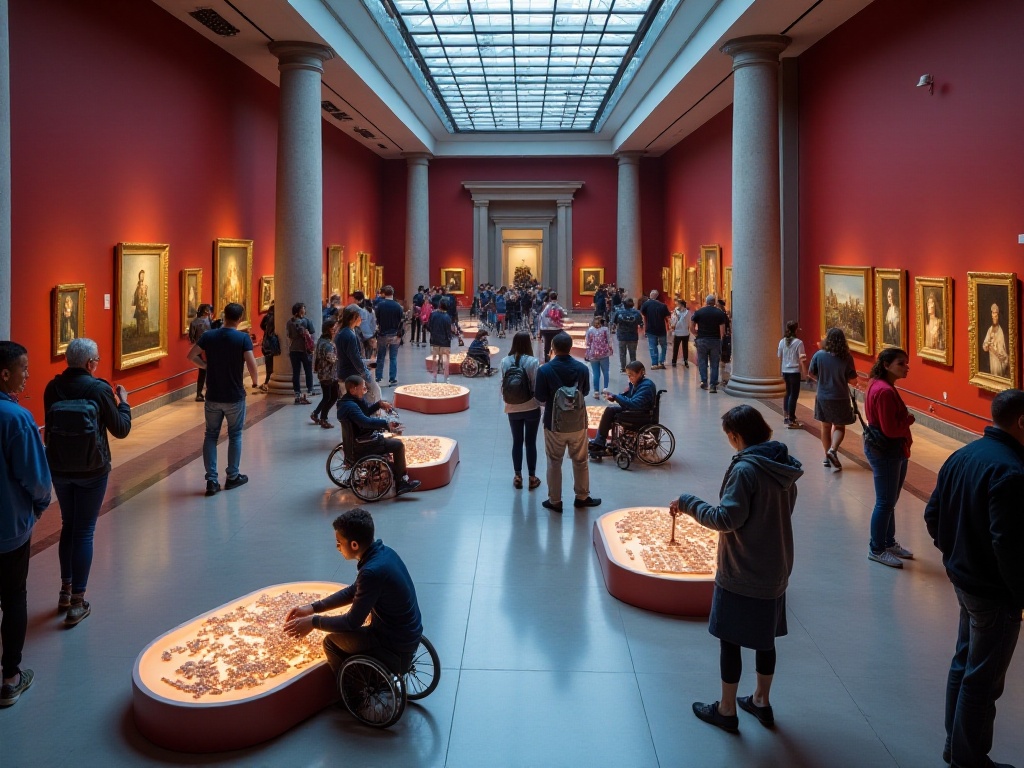
Future Outlook
After this in-depth research, I'm full of expectations for museums' future development. With continuous technological advancement, museum guided tours will surely become more magical. I think in the near future, we might see scenes like this: putting on VR glasses to instantly travel back in time and have face-to-face conversations with historical figures behind artifacts. Through holographic projection technology, we might see damaged artifacts restored to their former glory.
Artificial intelligence technology development will also make guided services more personalized. AI guides might automatically adjust content and depth based on each visitor's interests, knowledge level, and visiting time. Through big data analysis, museums can better understand visitor needs and continuously optimize exhibition and guided services.
I also look forward to seeing more cross-industry innovative collaborations. For example, museums could cooperate with gaming companies to develop educational cultural games, or work with film and television companies to produce immersive digital exhibitions. These innovations will not only make visits more interesting but also better spread the historical culture behind artifacts.
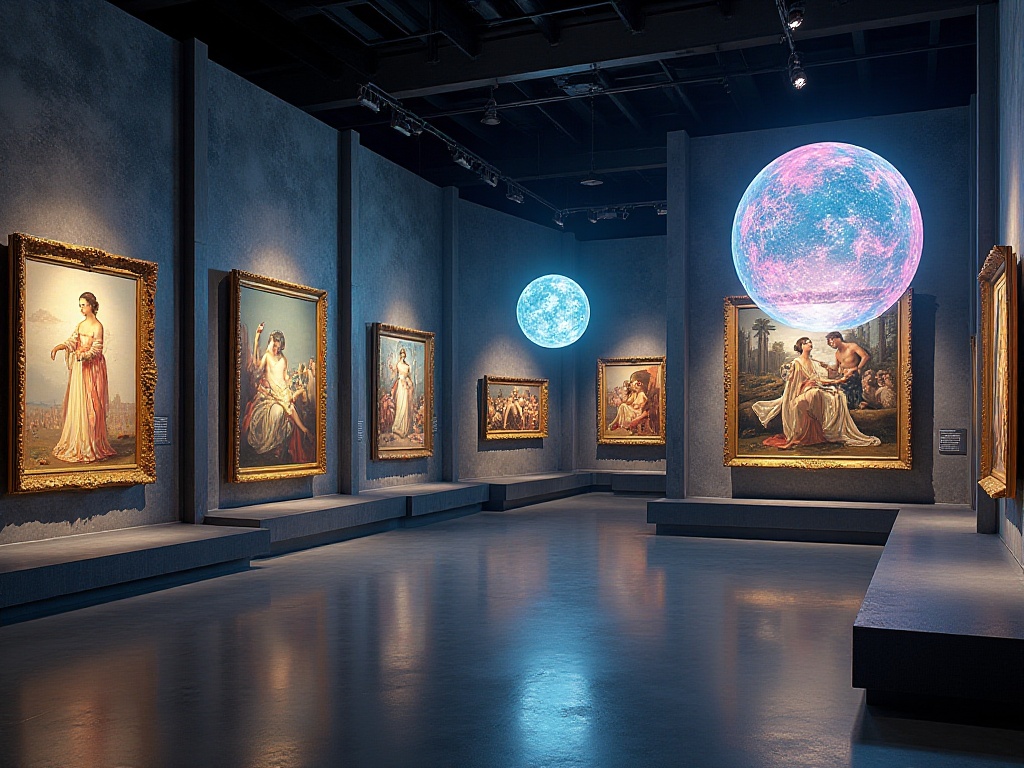
Practical Tips
After this research, I've summarized some practical visiting suggestions. First, definitely do homework in advance. Many museums' special guided services require advance booking - like the Smithsonian's group tours need 3-4 weeks advance reservation. However, their scheduled tours are completely free, with fixed sessions daily that you can join on-site.
I suggest researching museum websites before visiting to see which guided services suit you. If it's your first visit, you might want to join a scheduled tour first for an overall understanding. Then choose special tours or self-guided tours based on your interests.
If time allows, I strongly recommend trying customized private tours. Although they might be more expensive, that tailored experience is really worth it. You can organize a group with friends to share the cost reasonably.
Finally, don't forget to download museum apps. Many museum apps not only have tour content but also regularly update exhibition information and activity announcements. Through apps, you can stay updated with museum activities and not miss any exciting events.
Museums today are becoming increasingly innovative, with various novel guided methods making visits both interesting and profound. Whether you're a history and culture enthusiast or just want to casually visit, you'll surely find a suitable way to explore. Looking forward to next time, sharing more museum exploration stories!




